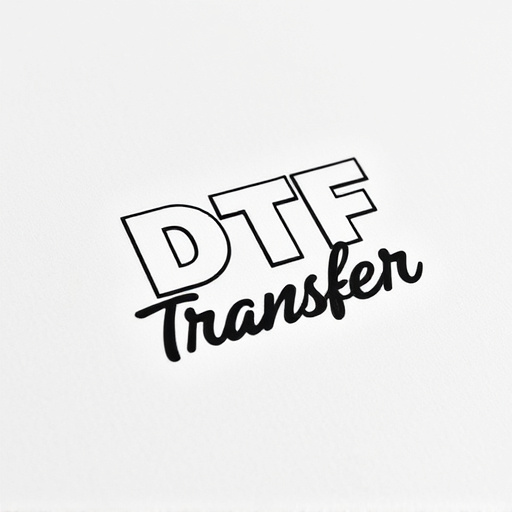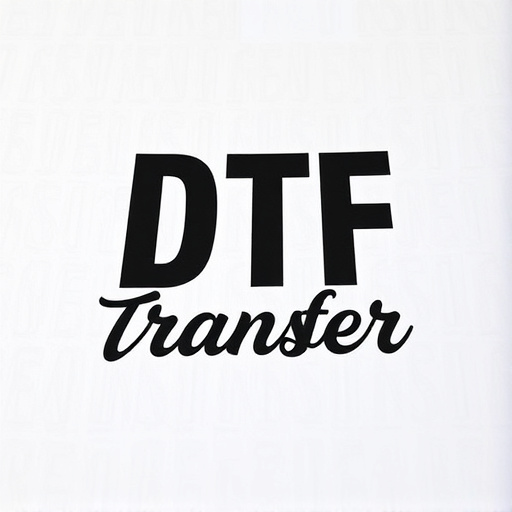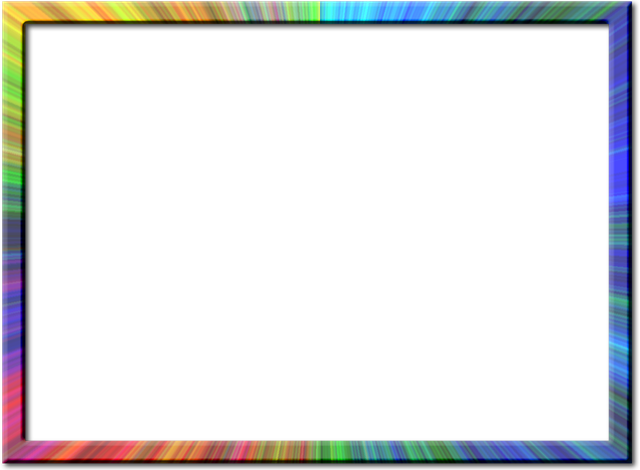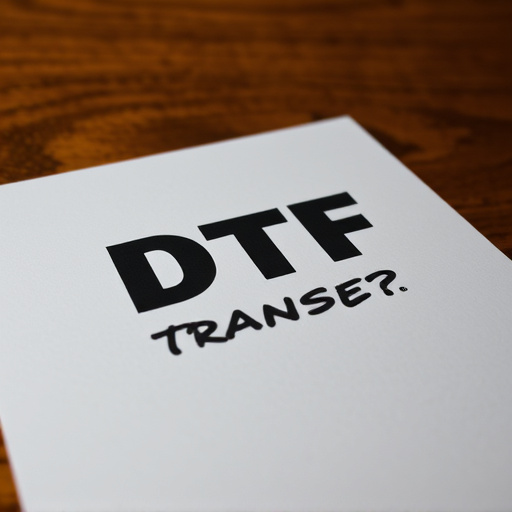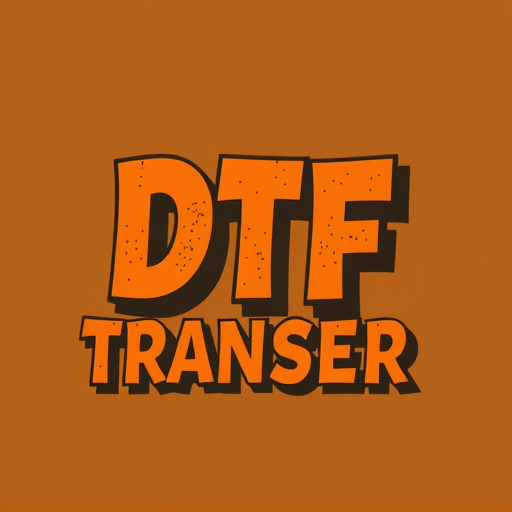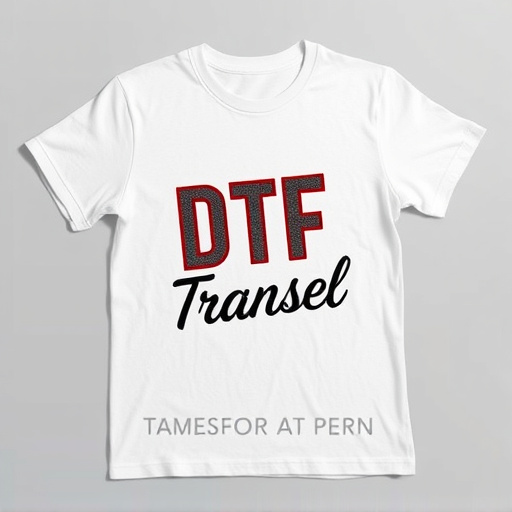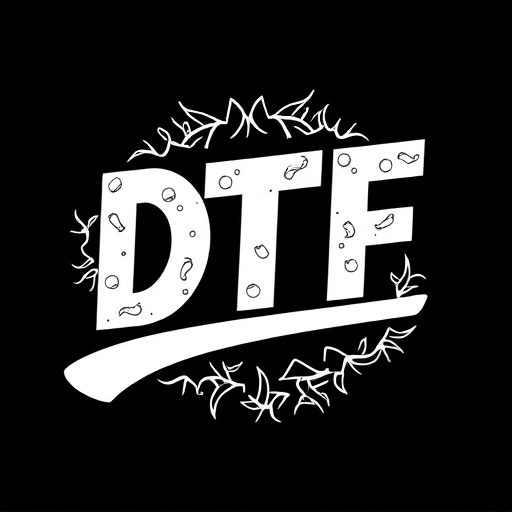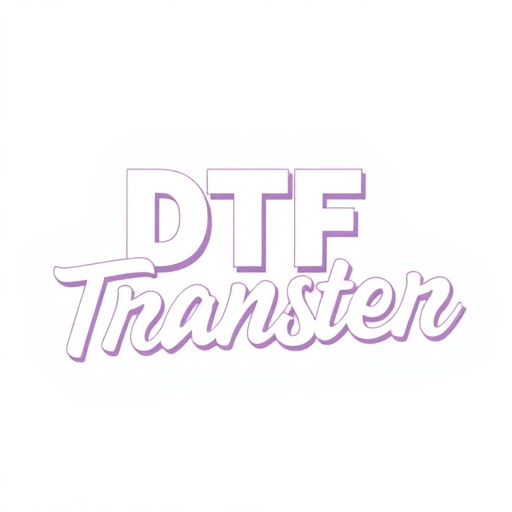Direct-to-film (DTF) transfers are revolutionizing the textile industry by offering a cutting-edge printing technique for cotton fabric applications. This method directly applies intricate designs using specialized inks, bypassing traditional screen printing. DTF's precision allows for complex patterns and vibrant colors while its speed and cost-effectiveness make it popular across sectors like fashion, home decor, and promotional merchandise. Advanced ink formulations and applicator systems ensure high-quality, long-lasting prints that are soft to the touch and suitable for various cotton fabric types, democratizing printing and empowering businesses and designers to realize their creative visions efficiently.
Discover the future of textile printing with direct-to-film (DTF) transfers—a revolutionary technique transforming the fabric industry. This article offers a comprehensive guide to optimizing DTF for cotton fabric applications. From understanding the DTF process and its advantages to choosing the right inks and substrates, we explore every step for achieving high-quality prints. Learn from real-world case studies showcasing successful DTF implementations, and unlock tips to maximize efficiency in your next project.
- Understanding Direct-to-Film (DTF) Transfers: A Comprehensive Overview
- The Advantages of DTF for Cotton Fabric Application
- Choosing the Right DTF Ink and Substrates for Optimal Prints
- DTF Printing Process: Step-by-Step Guide to Achieving High-Quality Results
- Tips and Tricks for Maximizing DTF Transfer Efficiency on Cotton Fabrics
- Case Studies: Successful DTF Applications in the Textile Industry
Understanding Direct-to-Film (DTF) Transfers: A Comprehensive Overview

Direct-to-film (DTF) transfers are a cutting-edge printing technique revolutionizing the textile industry, especially for cotton fabric applications. This process involves transferring intricate designs directly onto the fabric using specialized inks and technologies, eliminating the need for traditional screen printing methods. DTF offers unparalleled precision, allowing for complex patterns and vibrant colors to be achieved with ease.
DTF transfers have gained significant traction due to their versatility, speed, and cost-effectiveness. The technology enables the creation of custom prints on demand, catering to various sectors, from fashion and home decor to promotional merchandise. With advancements in ink formulation and applicator systems, DTF printing ensures high-quality, long-lasting DTF prints that are soft to the touch and suitable for a wide range of cotton fabric types. This innovative approach has democratized printing, empowering businesses and designers to bring their creative visions to life efficiently.
The Advantages of DTF for Cotton Fabric Application
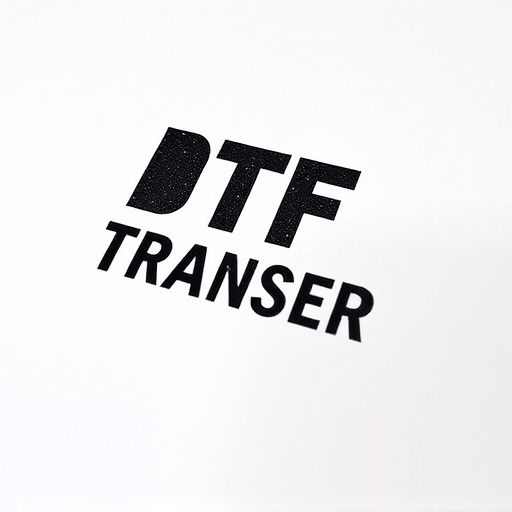
Direct-to-film (DTF) transfers offer a myriad of advantages when optimized for cotton fabric application. One of the key benefits is its ability to produce high-quality, vibrant DTF prints that are both durable and soft to the touch. This method eliminates the need for costly screen printing set-ups, making it an attractive option for small businesses and custom designers looking to create unique textiles without breaking the bank.
Additionally, DTF allows for intricate design details and a wide range of colors, ensuring that every DTF transfer can be tailored to specific design needs. Its precision printing technology means that each print is crisp and clear, resulting in visually appealing fabrics suitable for various applications, from apparel and home décor to promotional items.
Choosing the Right DTF Ink and Substrates for Optimal Prints
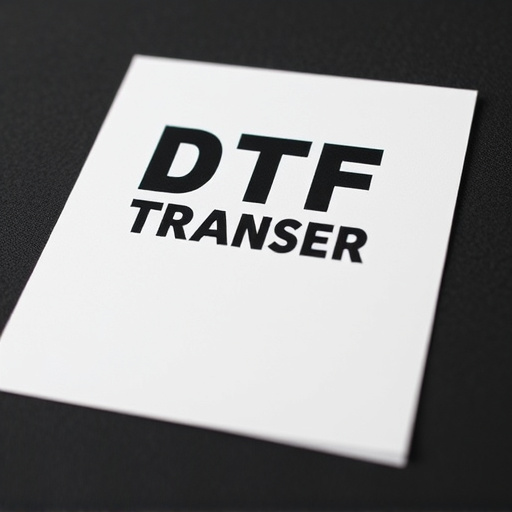
When optimizing for direct-to-film (DTF) transfers on cotton fabric, selecting the ideal DTF ink and substrates is paramount to achieving superior prints. The market offers a wide array of options, each with unique characteristics suited for different applications. For example, vibrant pigment inks typically deliver more intense colors and better lightfastness compared to dye-based inks, making them ideal for outdoor displays or high-traffic areas.
Choosing the right substrate is equally crucial. Cotton fabric, known for its breathability and absorbency, requires specific DTF films designed to adhere well and prevent ink from seeping through. Look for films with suitable adhesive properties, a balanced coefficient of thermal expansion, and resistance to fading or cracking over time. Proper testing might be necessary to ensure the chosen materials meet the required standards for long-lasting, high-quality DTF prints.
DTF Printing Process: Step-by-Step Guide to Achieving High-Quality Results
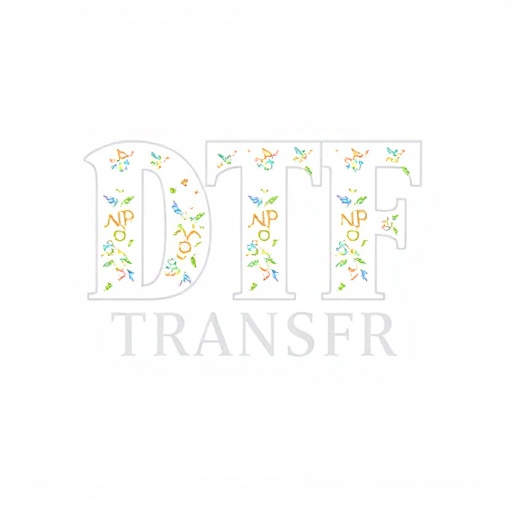
The Direct-to-Film (DTF) transfer printing process has gained popularity for its ability to produce high-quality, vibrant prints on various fabrics, especially cotton. Here’s a step-by-step guide to help you achieve exceptional DTF results:
1. Design Preparation: Start by creating or selecting your desired design. Ensure it’s optimized for the print method with appropriate resolution and color profiles. The design should be prepared in a vector format whenever possible for sharper edges and better scalability.
2. Film Selection: Choose a suitable DTF film based on the fabric type and the desired print effects. Different films offer varying levels of durability, brightness, and colorfastness. Match the film to your cotton fabric to guarantee optimal results.
3. Film Printing: Using a high-resolution printer, accurately print your design onto the selected DTF film. Precise registration is crucial for a seamless transfer later. Ensure the ink settings are optimized for the specific film type.
4. Curting and Preparation: Once printed, carefully cut out the design from the film, leaving minimal borders to simplify application. Check for any imperfections or misalignments before proceeding.
5. Fabric Preparation: Pre-treat your cotton fabric to improve ink absorption and ensure a long-lasting print. This step may involve cleaning, sizing, or other specific treatments based on the fabric’s properties.
6. Application: Place the DTF film design side down onto the prepared cotton fabric. Use a hot press machine at the recommended temperature and pressure for the chosen film to transfer the ink permanently. Ensure even application for consistent results.
7. Curing: After the transfer, allow the print to cure fully. This step reinforces the ink’s adhesion to the fabric, making it durable through multiple washes. The curing time may vary based on the film and ink combination.
Tips and Tricks for Maximizing DTF Transfer Efficiency on Cotton Fabrics
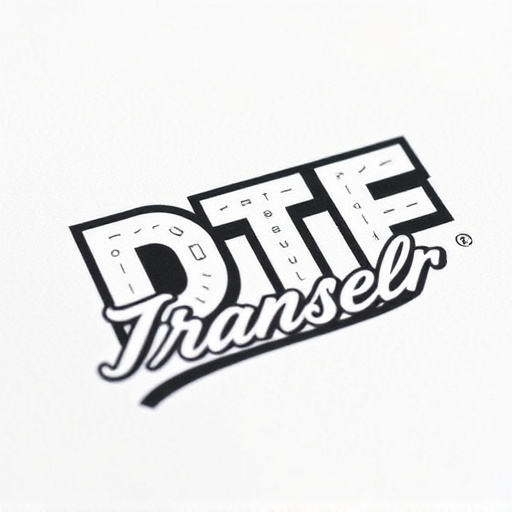
To maximize the efficiency of Direct-to-Film (DTF) transfers on cotton fabrics, pre-treatment is key. It’s crucial to clean and prepare the fabric surface by removing any oils, dirt, or finishes that could hinder adhesion. A quick wash with a mild detergent followed by a thorough rinse ensures the fabric is free from impurities. Additionally, using a suitable primer designed for DTF printing can significantly improve ink adherence and overall print quality.
After pre-treatment, choosing the right film and ink combination is vital for successful DTF prints. High-quality, specialized DTF films with excellent opacity will produce sharp, vibrant prints. Pairing these films with compatible ink ensures optimal transfer efficiency. It’s recommended to test different ink types and settings to find the best combination for your specific fabric and design requirements, as variables like fabric weight and ink viscosity play a significant role in achieving consistent, high-quality DTF transfers on cotton.
Case Studies: Successful DTF Applications in the Textile Industry
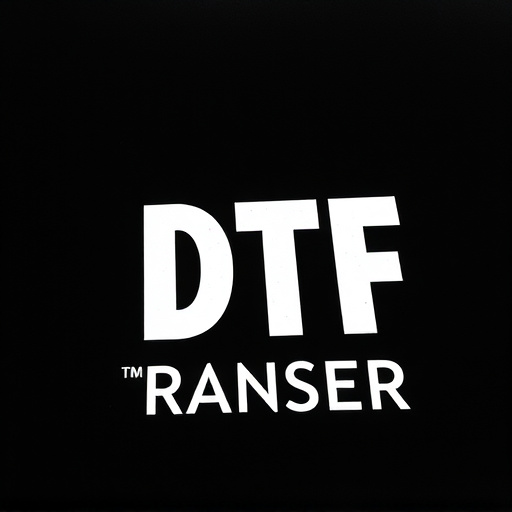
Direct-to-film (DTF) transfers have revolutionized textile printing, showcasing remarkable success in various case studies across the industry. These applications highlight the versatility and effectiveness of DTF technology for cotton fabric customization. For instance, many clothing brands have embraced DTF printing to create unique, limited-edition pieces, allowing them to swiftly respond to market trends and customer demands. By digitally transferring intricate designs directly onto cotton, manufacturers can achieve vibrant, long-lasting prints with precise color accuracy, ensuring a competitive edge in the fashion sector.
Moreover, DTF transfers have proven invaluable for small-scale producers and artisans. They enable customizable, on-demand printing, allowing businesses to offer personalized products without substantial upfront investment in equipment or inventory. This flexibility has fostered innovation, enabling independent designers to bring their creative visions to life and cater to diverse consumer preferences. Case studies consistently demonstrate the superior quality and aesthetic appeal of DTF prints on cotton fabrics, solidifying its position as a preferred method for modern textile production.
